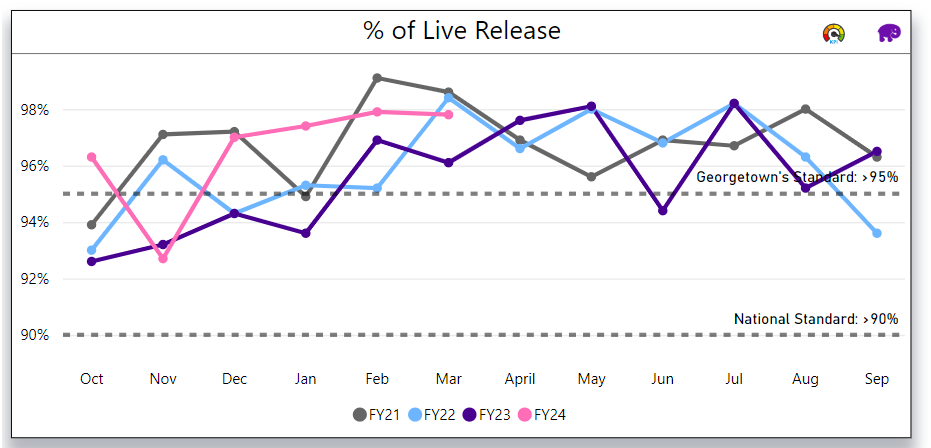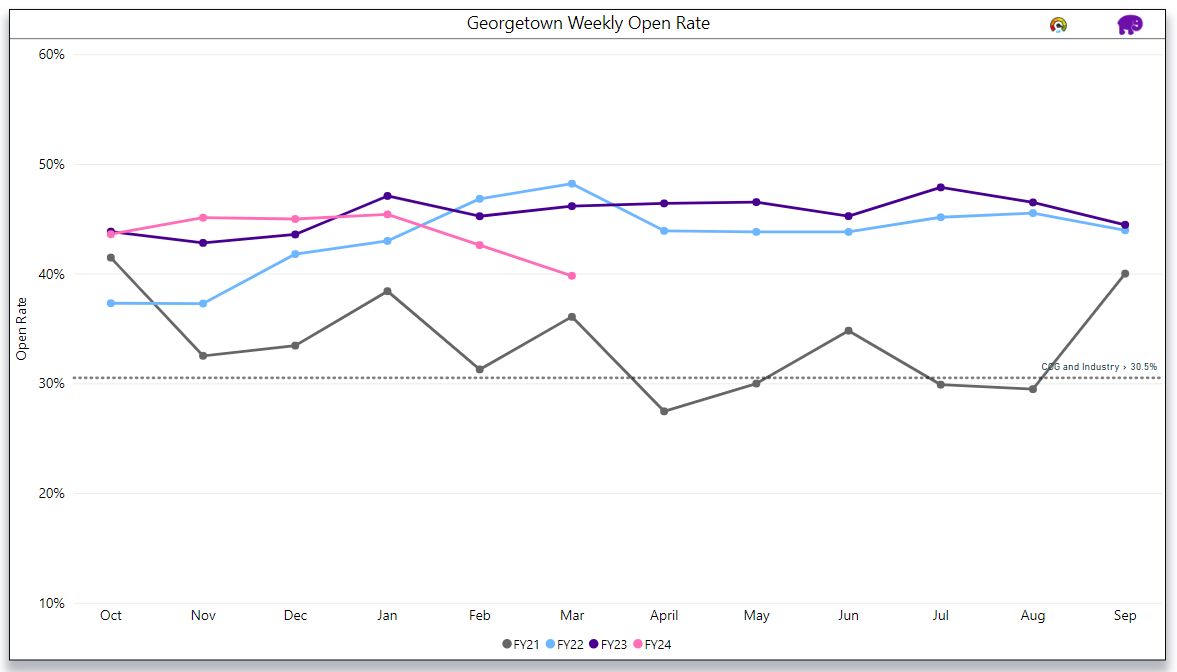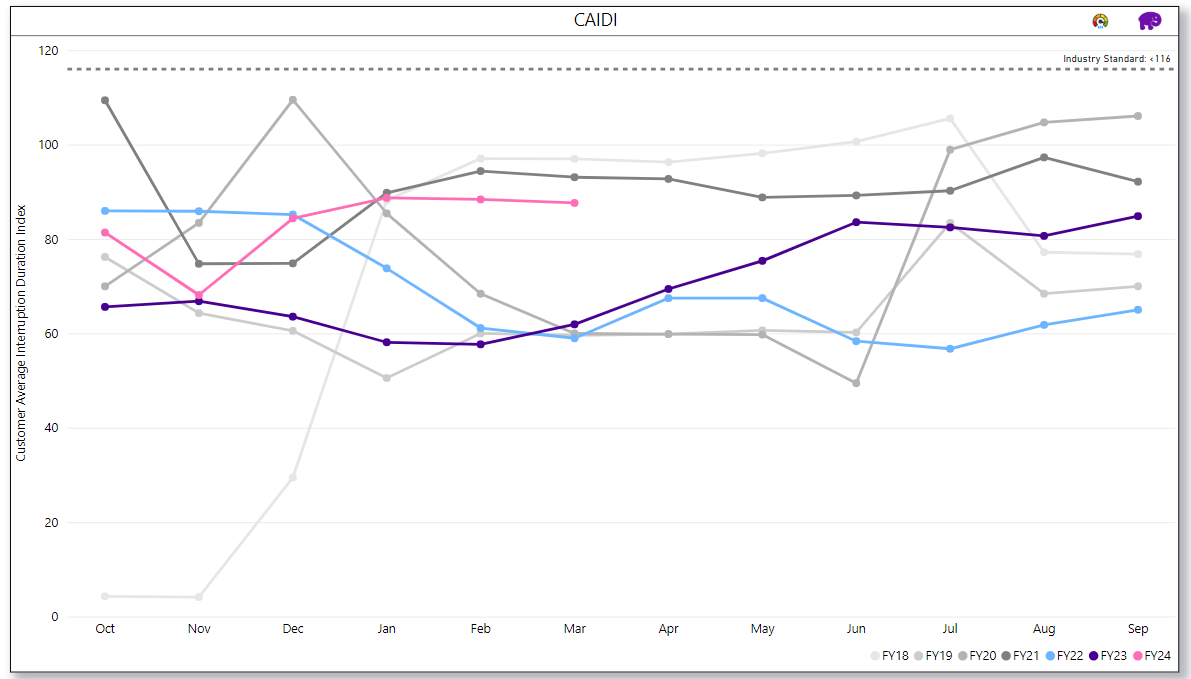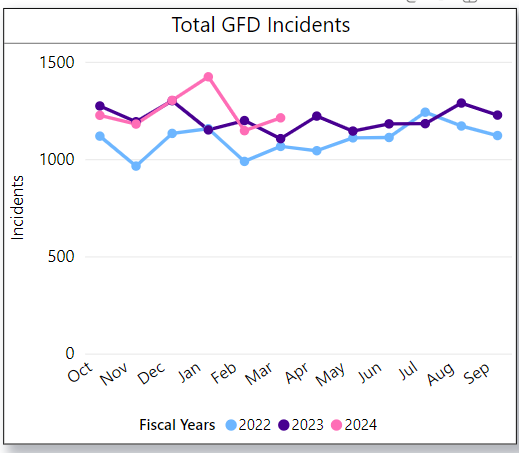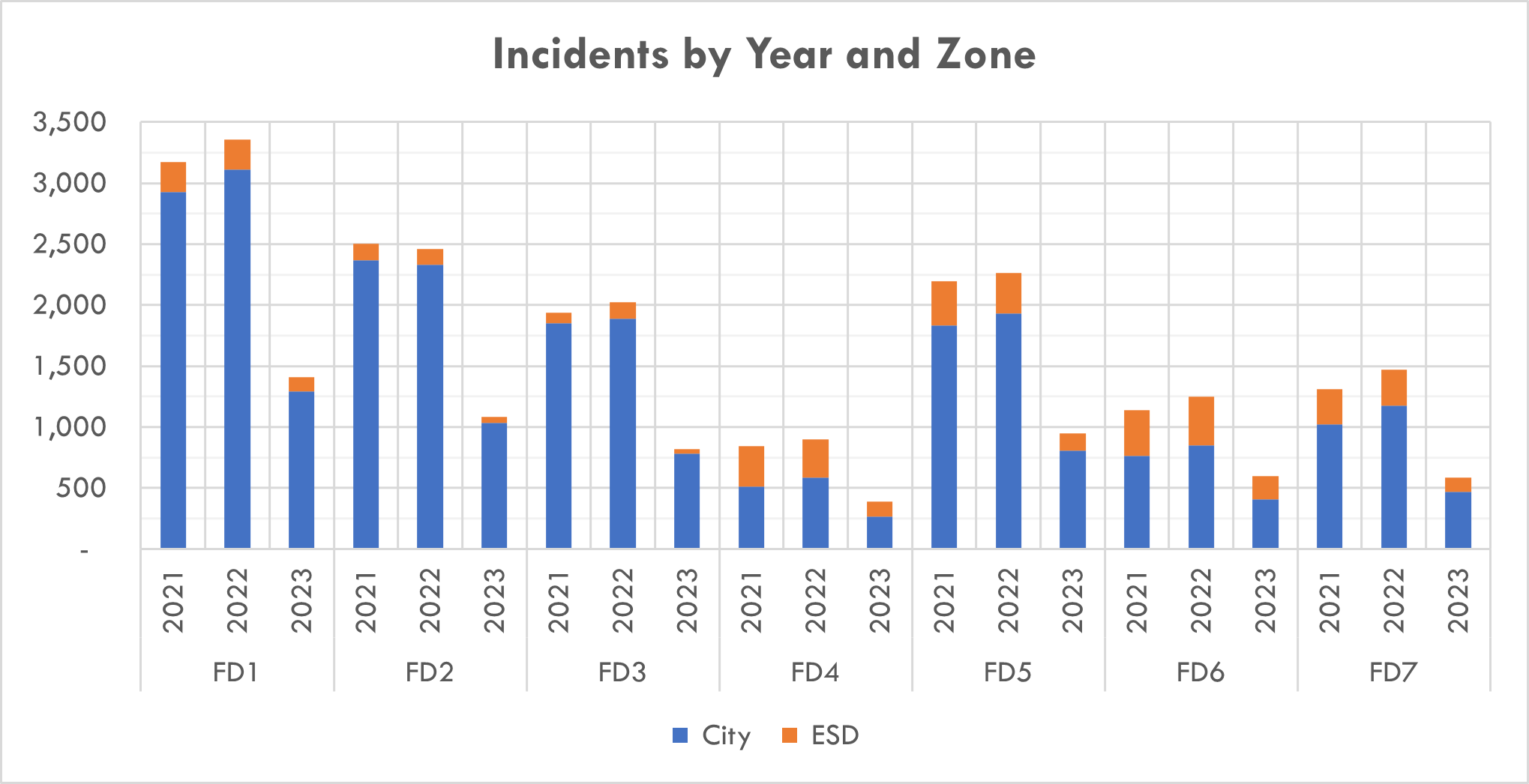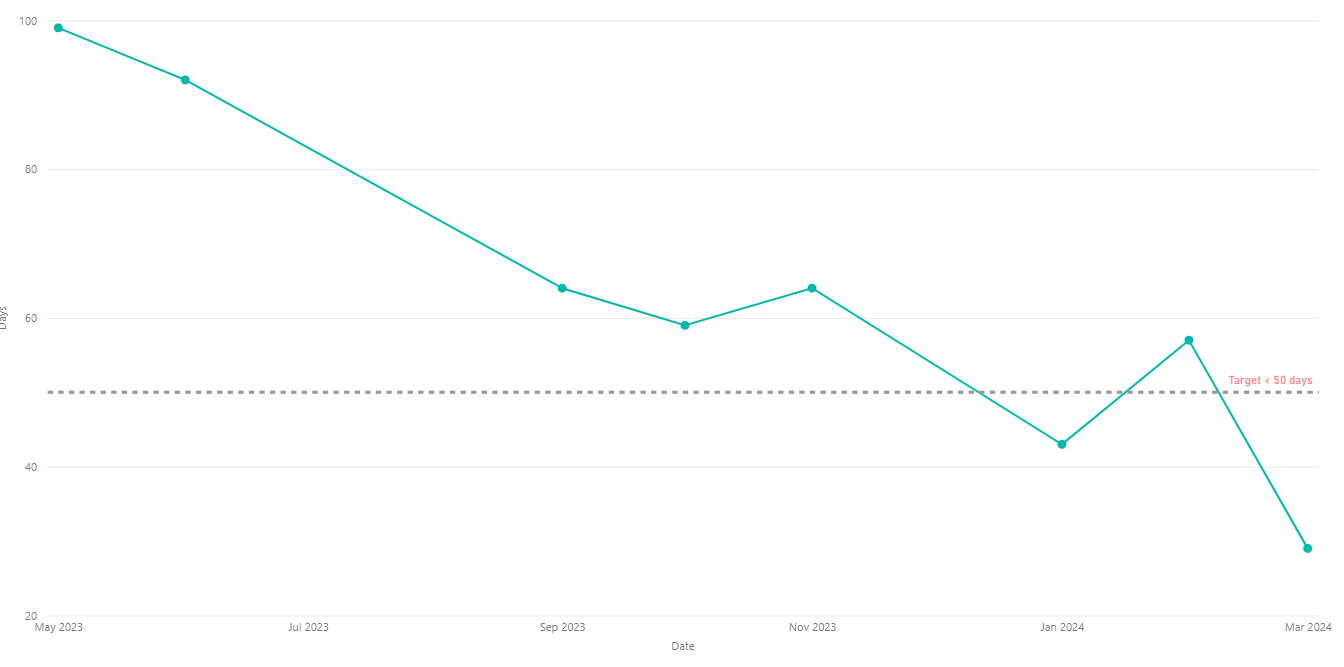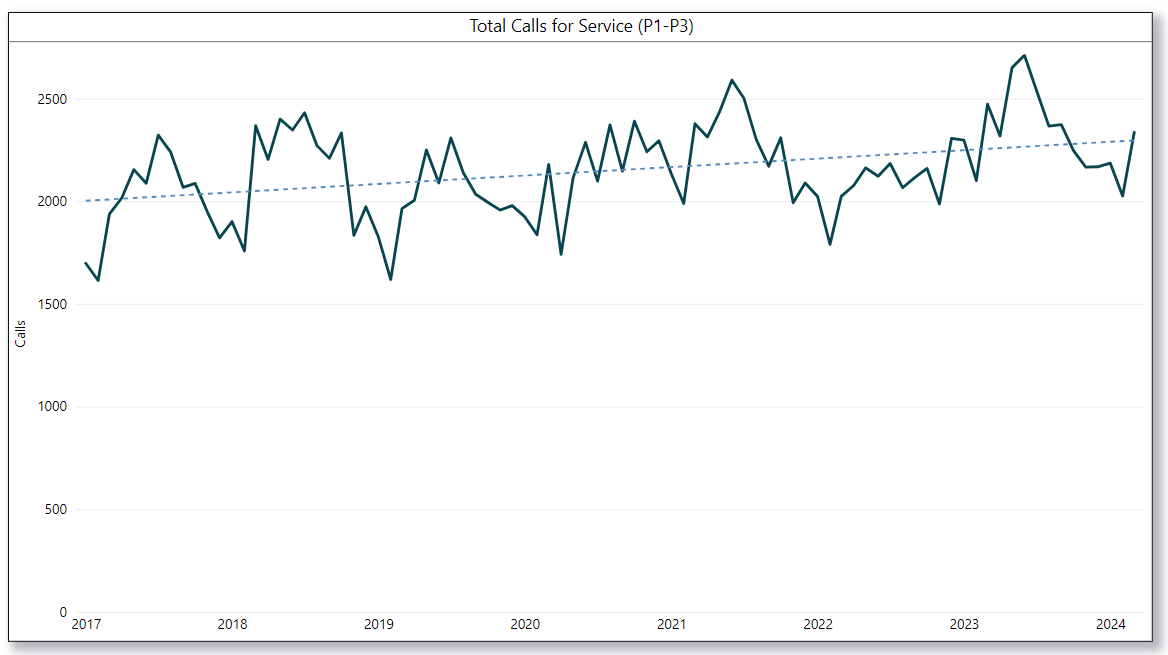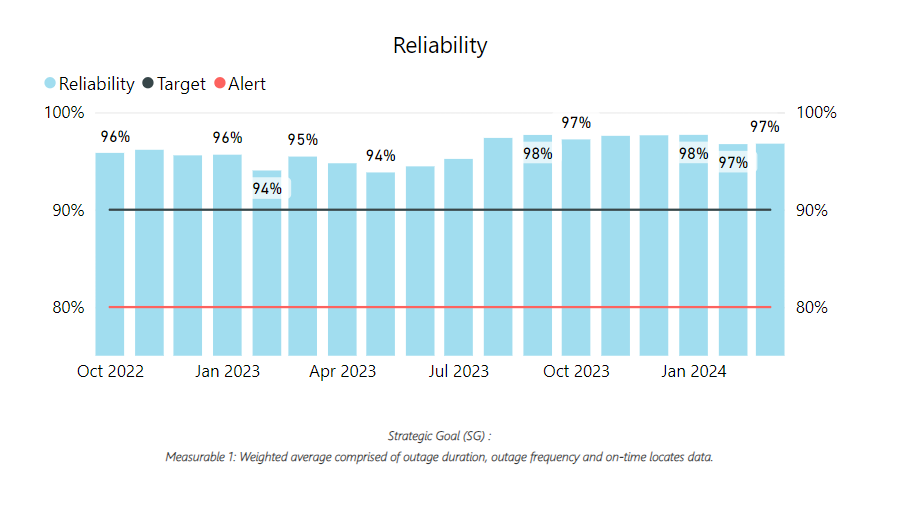PMP
Georgetown Performance Management Program (PMP)
 The City of Georgetown developed a citywide Performance Management Program (PMP) in 2017 to further integrate the City Council and City Manager’s strategic planning with operations.
The City of Georgetown developed a citywide Performance Management Program (PMP) in 2017 to further integrate the City Council and City Manager’s strategic planning with operations.
The PMP is based upon a department’s mission in a manner that aligns with the City’s Vision and reinforces the City’s Core Values. The PMP helps monitor productivity and performance, while identifying trends and patterns to understand when a service area is strained or hitting on all cylinders.
The purpose of the PMP is to align employees around a common vision, focus teams on their missions, reinforce commitments that form the culture, and drive continuous improvements and employee development to deliver superior performance.
This dashboard is comprised of a cross-section of metrics from City departments and service areas, but it is not a comprehensive list of metrics that are tracked within the City. The data is updated on a semi-annual basis and provides insight to department operations and quality of services. These metrics are indicators for specific functions related to departments, but they are not an indicator of the overall performance of the department.
WE ARE…VISION INSPIRED, MISSION FOCUSED, VALUES DRIVEN, & PERFORMANCE BASED
| Result Legend | |
| Metric is meeting all expected targets within the fiscal year. |  |
| Metric is meeting at least half of expected targets within the fiscal year. |  |
| Metric is meeting less than half of the expected targets within the fiscal year. |  |
For questions about the metrics or the Performance Management Program, please contact us at OD@georgetown.org.
| Service Area/ Department | Measure | Result | |
 |
Animal Services Mission: Serve our community, act with compassion. |
Live Release Rate |  |
 |
Communications and Public Engagement (CAPE) Mission: Foster pride in Georgetown through honest, proactive, and creative communications. |
Average Georgetown Weekly e-newsletter open rate |  |
 |
Electric Mission: To provide safe and reliable electric services at competitive rates by fostering an environment where employee safety and development, customer satisfaction, system reliability, and financial performance are paramount. |
Customer Average Interruption Duration Index |  |
 |
Fire Mission: To protect our community and surrounding region by providing prompt, professional, and caring services through continuous education, preparation, and community engagement. |
Priority Response Time Performance |  |
 |
Planning Mission: Actively preserve the community’s heritage and shaping its future by implementing the City’s adopted vision and promoting a high-quality built environment. |
Turnaround time for Rezoning cases |  |
 |
Police Mission: Serve with honor, protect with vigilance. |
Total calls | Under Construction |
 |
Recreation Mission: To provide positive and welcoming experiences to enhance the quality of life for our community. |
Customer satisfaction |  |
 |
Water Mission: Provide Water Services to the community that are vital to public health by working together as skilled licensed professionals to operate and maintain the water and wastewater system. |
Utility Reliability |  |

